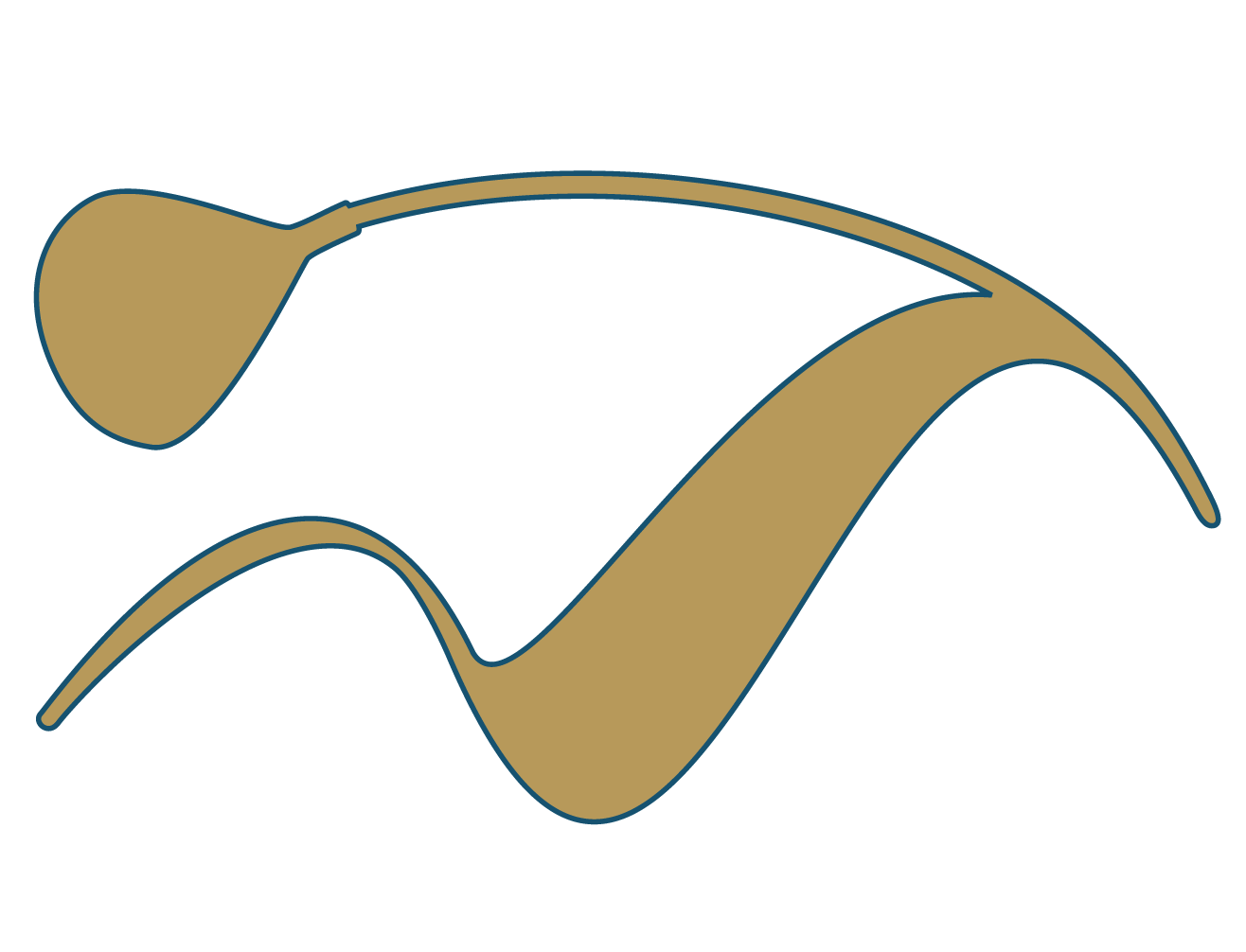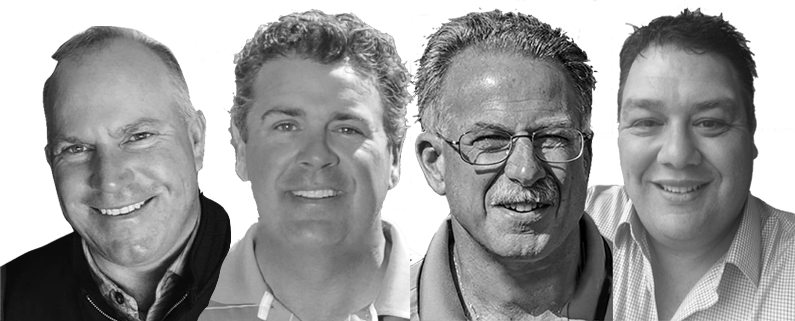Using The Body’s Three Energy Systems For Golf
The human body needs energy to move and do things. The human body has three energy systems that are used to generate the energy used by the body for different daily activities. It is important to note that these energy systems are not used exclusively and most activities use a mixture of all three systems. The three systems are known by a variety of names but the most common ones are the adenosine triphosphate (ATP) system, anaerobic system (also known as the glycolytic system) and the aerobic system. I will explain these below and then we will talk about how they relate to your golf and training.
The ATP system uses the energy that is stored in the muscles themselves and, as this is a very low level, can only be used for a very short time with the energy obtainable being very limited. The energy available via this system would be completely exhausted between around six to ten seconds and takes a few minutes of rest to replenish itself. This system is used as a first energy source for things such as jumping up to answer the phone, run away from danger or to catch a falling child. This system kicks in immediately but, as mentioned before, the payoff is the small amount of energy that is able to be accessed by this system.
The second energy system available to the body to use is the anaerobic system and this system kicks in once the ATP system has used up its stores. This system will keep you moving for around an extra minute or so before it also runs out of fuel. Use of this system will lead to a build up of hydrogen ions in the body which creates that familiar, and painful, burn we feel when we run 400m at close to maximal effort.
The third and final energy system to be used by the body is the aerobic system. This system, as the name suggests, utilises oxygen and, in fact, needs oxygen to actually work. This system is fuelled by fat and glucose and is the system that keeps us moving after the other two systems have failed. Although the oxidative system is continuously active and produces loads of energy, the process of converting fat into usable energy can take a while. Once it gets started, though, it’s your body’s most reliable engine over long periods of time. In a 10-second sprint your aerobic system is able to kick in only about 13 percent of the necessary energy; on an intense four-minute run, however, that figure rises to 80 percent.
So how does this relate to golf? The obvious answer is that we need to know which energy systems we use when playing golf and how we should train them to make them stronger and more efficient. Working out which energy systems we use should be obvious enough. As golfers we utilise the ATP system when swinging the club and the aerobic system for the majority of the other time during the round. Basically, our sport is slow activity interspersed with a number of maximal efforts (swings) so it makes sense for golfer to train both the ATP and aerobic energy systems.
To train the ATP system you need to be using close to your maximal effort for short periods of time with adequate rest between exercises. Medicine ball throws, short sprints and golf specific exercises (i.e. golf swings) can all be used to train the ATP system. The effort phase needs to last between eight to fifteen seconds with enough rest between efforts to fully recharge the energy system. This type of training can be dangerous for inexperienced people so I suggest you see a qualified trainer prior to undertaking this type of training.
The aerobic system is a little easier to train and you can start to train this system by moving more. Walking more in your daily life can help improve this energy system so I would encourage you to get outside and move more as often as you can. A more formalised way to train your aerobic system is interval training. This can be easily done on your favourite cardio machine in the gym or walking or jogging in your neighbourhood. Three to six one to five minute medium-high efforts with one to five minutes rest between sets is a nice simple formula to begin with and will see you on your way to improving your aerobic fitness.
As with all physical training, you should consult a qualified professional prior to starting any exercise program.
Until next time,
Brent

Brent Davis
PGA Professional
Training & Education Coordinator
PGA Centre For Learning Performance
Melborne, Victoria, Australia
Email: [email protected]
Fitness Archives
Body Weaknesses & Swing Faults
Body Weakness & Swing Faults The topic of my latest blog is something that has caught my interest for a while now. As a coach, I see a lot of swing faults that are caused by the golfer’s body inability to move in a particular manner. I am not saying that this is...
Improve Your Swing With Better Posture
Improve Your Swing With Better Posture In my last blog post I spoke about how you could test yourself to determine the areas of your golf fitness that needed to be improved. In this blog I am going to talk about the major problems that are seen in golfers from a...
Where Do You Start A Golf Fitness Program?
Where Do You Start A Golf Fitness Program? Mike Fay Golf welcomes Australian PGA Professional Brent Davis to the staff of talented writers. Brent's knowledge of golf fitness and how it relates to the golf swing will be a great asset to the site. Below is his first...
TEAM MFG BLOG
Subscribe
Never miss a new post, article, or video!
Subscribe to our newsletter Chip Shots!







Very cool